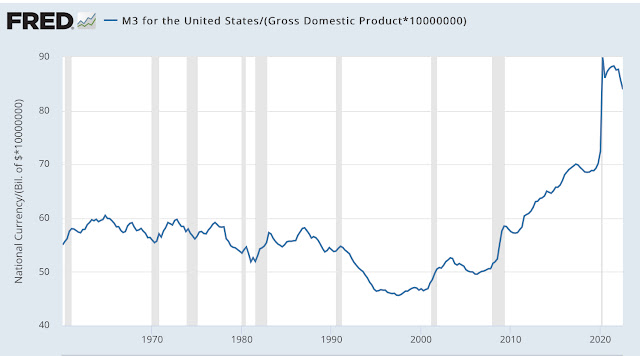When it comes to investing there are two schools of thought:
- Don't put all of your eggs in one basket
- Put all your eggs in one basket and watch it very, very carefully
Another of Mr. Buffett's rules was that he never invested in anything that we could not understand or appreciate fully (his investment in See's candy is legend). This rule has also now been tossed out.
To the point: Berkshire's largest position, at an astonishing 37% of its portfolio, is Apple. Another 11% is invested in Bank of America and 10% in Chevron. At 58% it's one hell of a large basket. Furthermore, if any one person claims to truly understand what goes on in Apple... or inside a huge commercial/investment bank... good luck to him/her (another 12% is invested in Coca Cola and Kraft Heinz combined - that's more along his old style).
So, to a very large extent Berkshire Hathaway, and by direct inference Mr. Buffet's future legacy, has now become hostage to Apple. It's the largest company in the world by market cap: $2 trillion.. and looking at its chart I get a very, very queasy feeling. It feels as if Apple is the only thing keeping S&P 500 from crapping out (ok, Microsoft is helping, too).
I'm afraid Mr. Buffett is going to end up with lots of broken eggs... and lots of Apple-flavored eggnog for the New Year.















.png)
.png)




